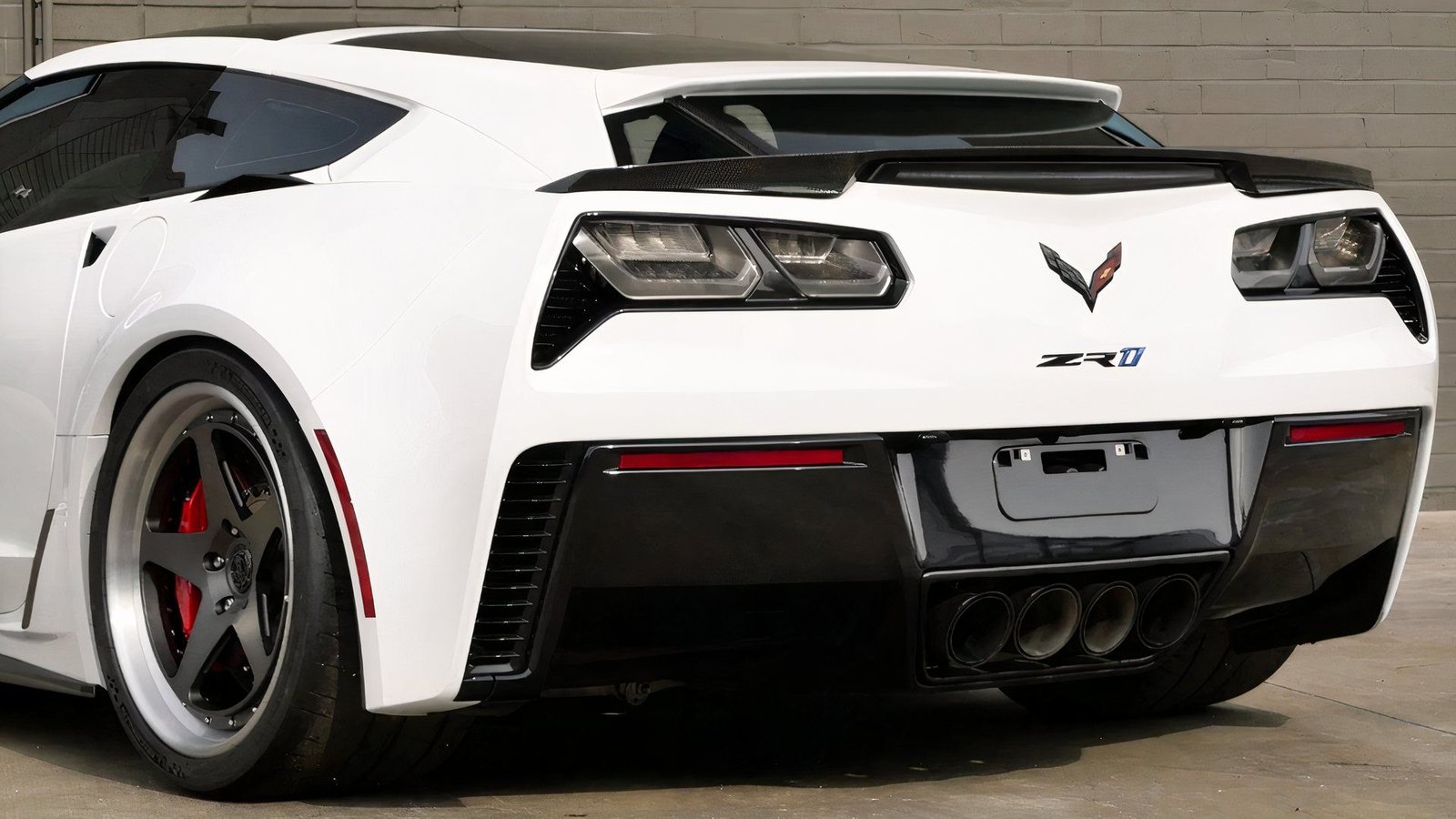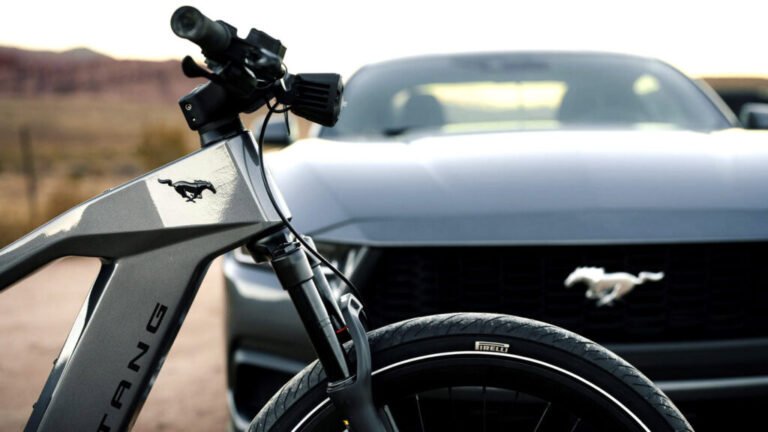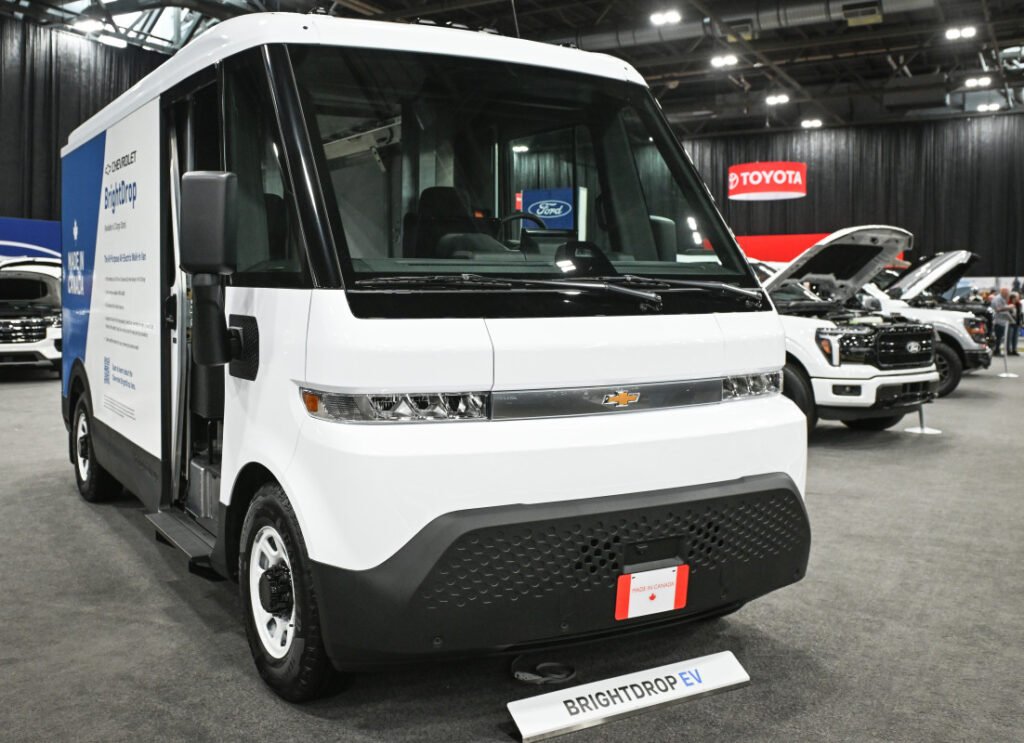
An end for GM’s electric van experiment
According to recently published reports by Automotive News and CBC News, General Motors said it plans to cease production of its BrightDrop electric commercial vans in Canada, citing difficulties gaining traction in its segment against competitors.
During the automaker’s third-quarter earnings call before the opening bell on the morning of October 21, GM CEO Mary Barra stated that the automaker will consider other applications for the CAMI assembly plant in Ingersoll, Ontario, Canada, “for future opportunities,” and added that GM kept its employees in mind when considering its decision.
General Motors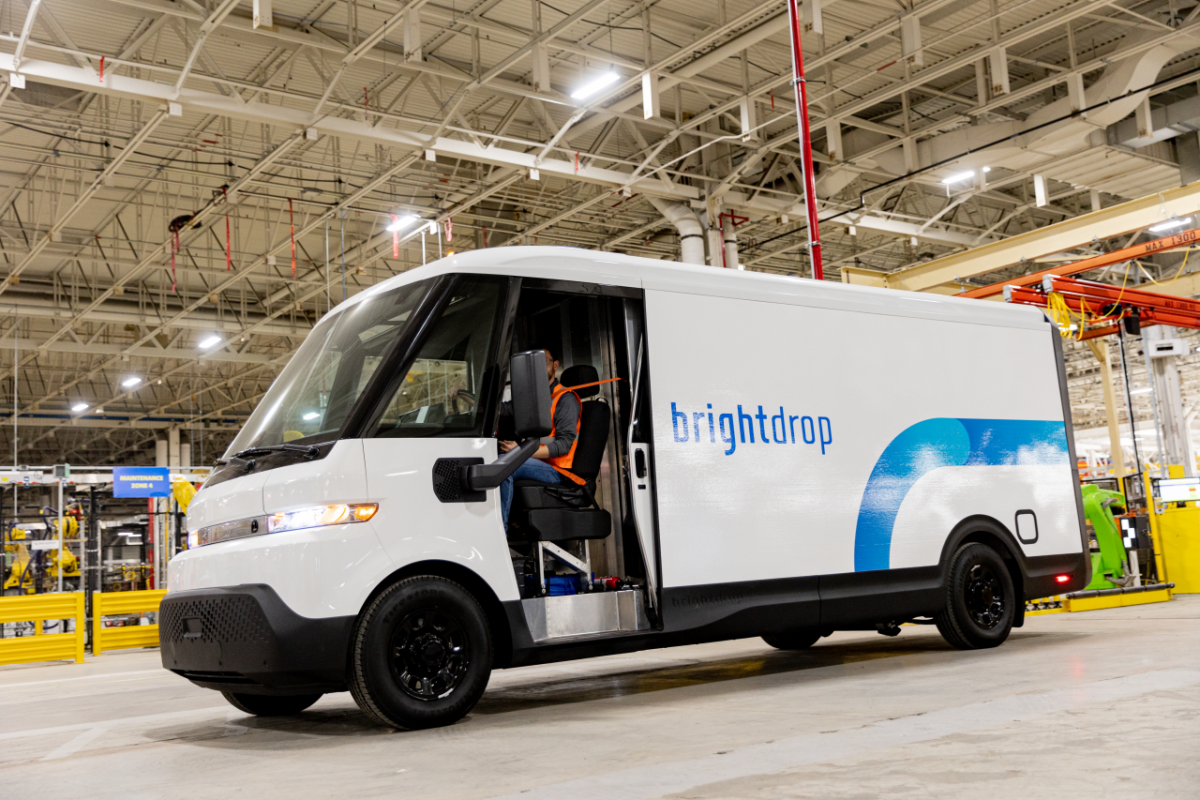
“This is not a decision we made lightly because of the impact on our employees,” Barra said during the call. “However, the commercial electric van market has been developing much slower than expected, and changes to the regulatory framework and fleet incentives have made the business even more challenging.”
Additionally, in a statement to Canadian news outlet CBC News, GM Canada’s president and managing director, Kristian Aquilina, said that this decision had absolutely nothing to do with the Canadian workforce that built these electric vans, noting that the “decision to end production of the BrightDrop electric delivery van is driven by market demand.”
BrightDrop’s slow sales have left the factory idle
Established in 2021, BrightDrop originated as a separate subsidiary within GM’s diverse brand portfolio, targeting the lucrative last-mile delivery market. However, in an effort to boost its sales performance and sell the vans at more dealerships, the automaker folded BrightDrop into its Chevrolet brand last year. In a January statement, Scott Bell, vice president of global Chevrolet, told AutoNews that 300 dealers had signed up to sell these vans, and apart from their intended use, the vans served as a blank canvas for various applications.
“The last mile was kind of the vision when we built that product, or started to get it in the market early on. But the vision does seem to kind of wander as people really start to think about what it could be used for,” he said. Despite the enthusiasm, GM sold fewer than 2,000 vans in the United States and Canada in 2024.
Jim West/UCG/Universal Images Group via Getty Images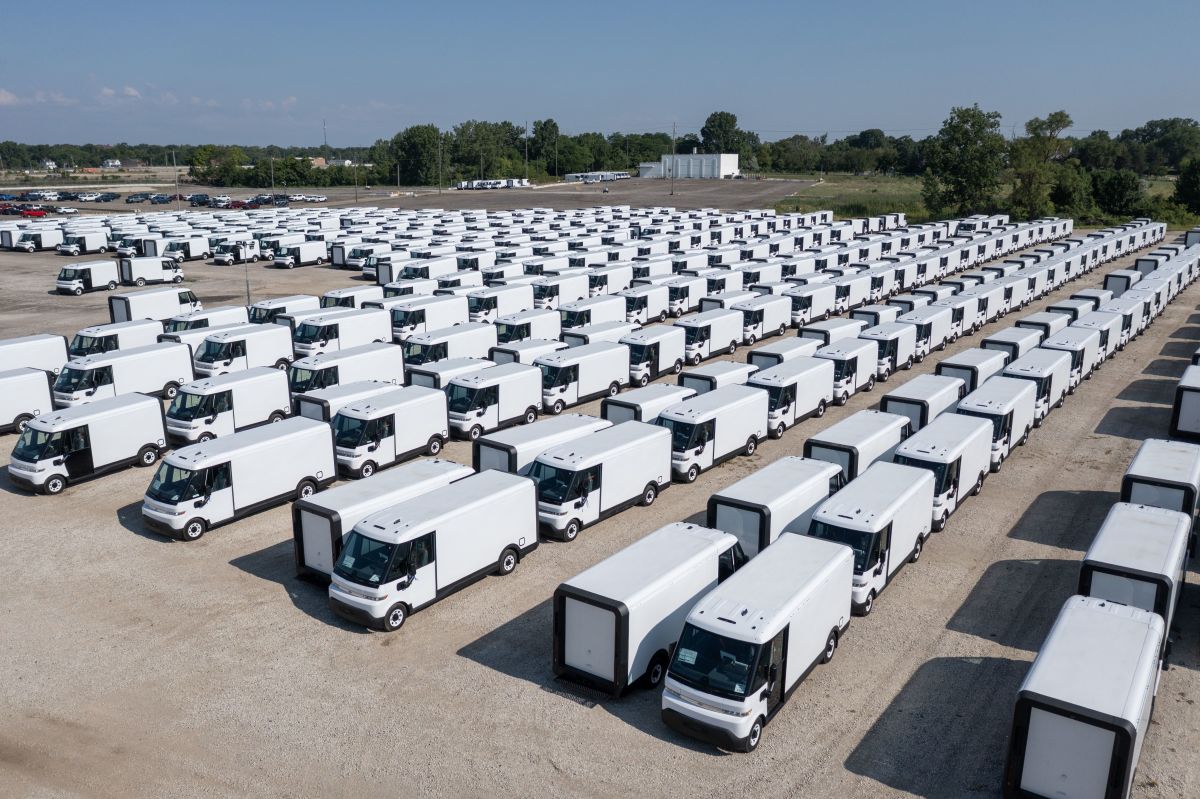
BrightDrops are manufactured at the CAMI Assembly plant in Ingersoll, Ontario, and amid cross-border tariff struggles, the plant has implemented austerity measures as vehicles have piled up at the border. Production halted in April and was intended to reopen this month on a one-shift schedule, a reduction that resulted in the permanent layoff of 500 workers.
BrightDrops are already in use by a few big companies
BrightDrops are already in use by major clients such as FedEx, as well as other big fleets like Hertz, Verizon, and Walmart. Last month, a report published by Bloomberg stated that Amazon has been quietly testing BrightDrops to add to the fleet of vehicles that its Prime delivery drivers use, as it continues exploring options to reduce the carbon emissions from its ever-reaching last-mile delivery operations. The e-commerce giant has pledged to have 100,000 electric delivery vehicles delivering its packages by 2030 and to achieve net-zero carbon emissions across its global operations by 2040.
In addition, American big-box retailer Target has recently launched a pilot program that will see 50 new Brightdrop vans deployed in the Dallas-Fort Worth area. In a collaboration between Circuit EV Solutions and a last-mile logistics startup called the Frontdoor Collective, this arrangement would help support the company’s same-day Circle 360 service run smoothly and with zero emissions.
Final thoughts
All things considered, it is sad to see the end of the humble BrightDrop van, as even into its latter period, it still had one advantage over competitors like Rivian: price. Per unit, Rivian’s RCV Delivery 700 starts at $87,000, while a 2025 Chevrolet BrightDrop 600 starts at $80,125 for a single-motor, standard-range model with up to 164 miles of range.
It is also important to note that this move is coming at a time when GM is making a full reassessment of its EV reach. Just last week, GM revealed in an SEC filing that it incurred $1.6 billion in charges in the third quarter related to adjusting its EV production plans under the current administration, predicting that consumers will put any ideas of buying EVs to the wayside in favor of other choices.
“Following recent U.S. Government policy changes, including the termination of certain consumer tax incentives for EV purchases and the reduction in the stringency of emissions regulations, we expect the adoption rate of EVs to slow,” GM said in the filing. It plans to add BrightDrop-related charges to its Q4 earnings.
